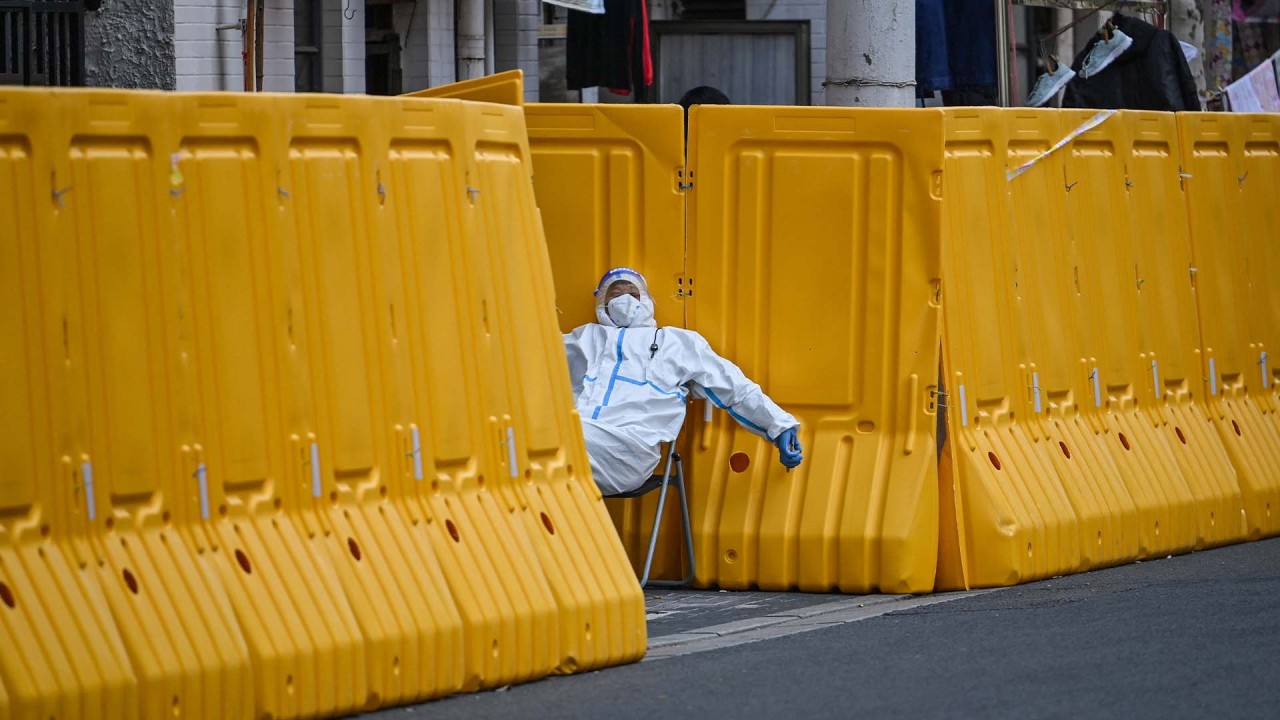Opinion | Why China will not abandon its zero-Covid policy any time soon
- Over the past two years, China’s outbreak response system has evolved to serve a population with a large number of elderly not vaccinated for Covid-19 and address regional disparities in social services and healthcare
- The strategy is characteristic of Chinese policymakers’ willingness to incur short-term high costs to advance long-term development goals

When Covid-19 first emerged in Wuhan in late 2019, China was ill-prepared. While the Chinese Centre for Disease Control and Prevention was established in 2002, it was never consolidated nor had it ever operated efficiently, despite the outbreak of the severe acute respiratory syndrome (Sars) the following year. So, when Covid-19, with its higher mortality rate, came along, China’s government had little choice but to adopt a wartime model, shutting down the city and mobilising additional resources on an emergency basis.
In the years since the Covid-19 pandemic erupted, China has developed and implemented just such a system, including regular testing and contact tracing, centralised quarantine, and the use of big data to prevent the spread of the virus between cities. As Shanghai’s residents can attest, though this has not eliminated the need for lockdowns, it has enabled far more limited and targeted closures. Even as Shanghai’s economy takes a hit, the rest of China continues to function.


